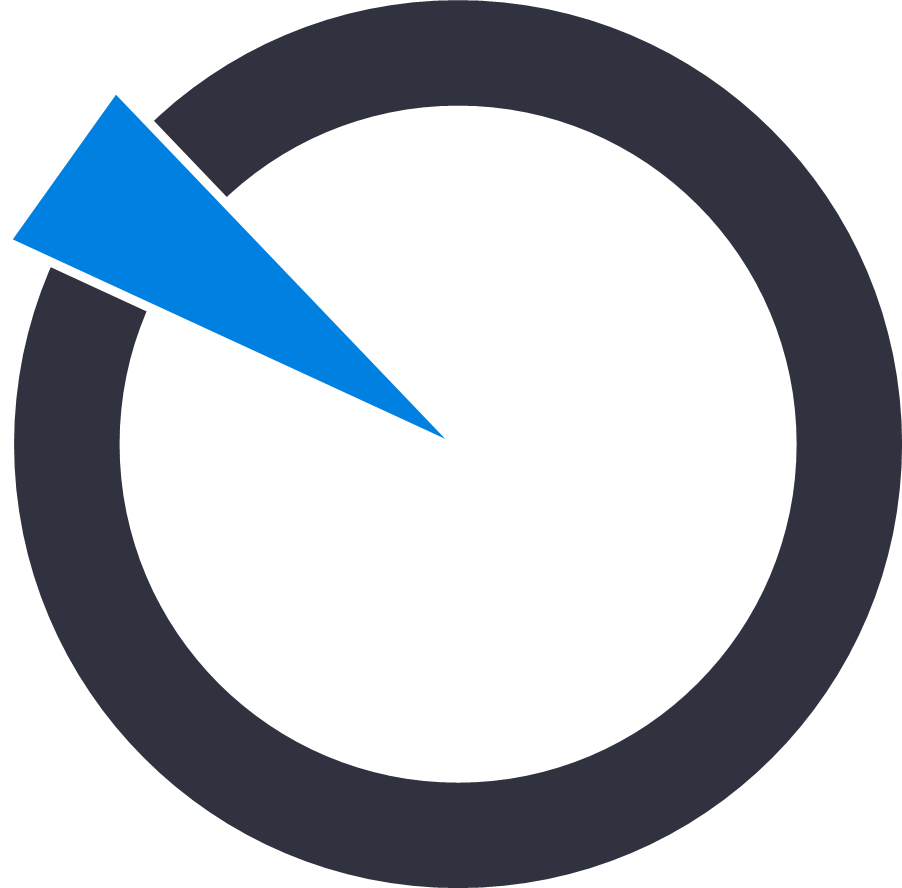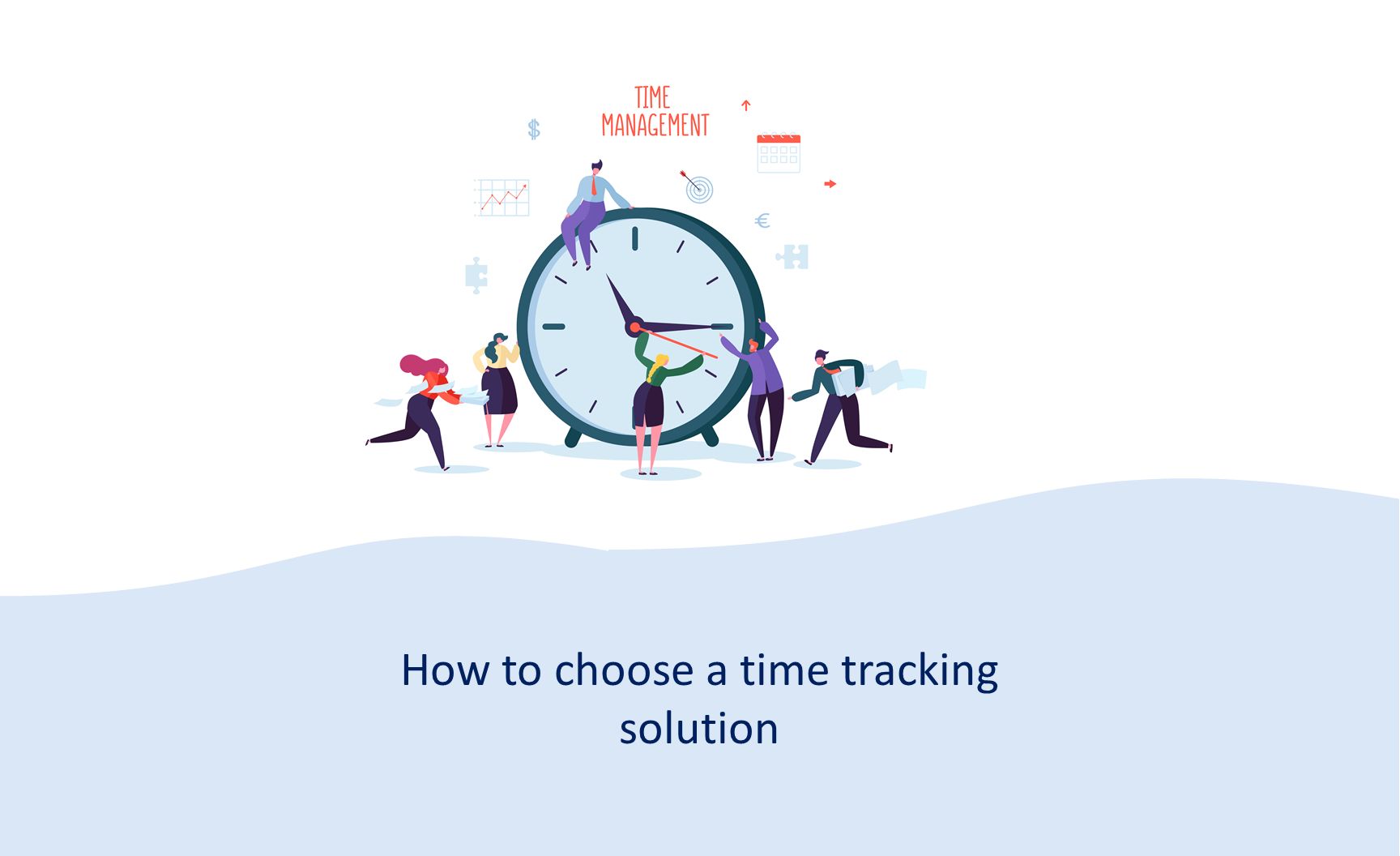105 reads
How To Choose A Time Tracking Solution For Your Business: A Step By Step Guide
by
November 25th, 2020

Time Analytics is a solution that monitors and tracks all your company processes.
About Author
Time Analytics is a solution that monitors and tracks all your company processes.
